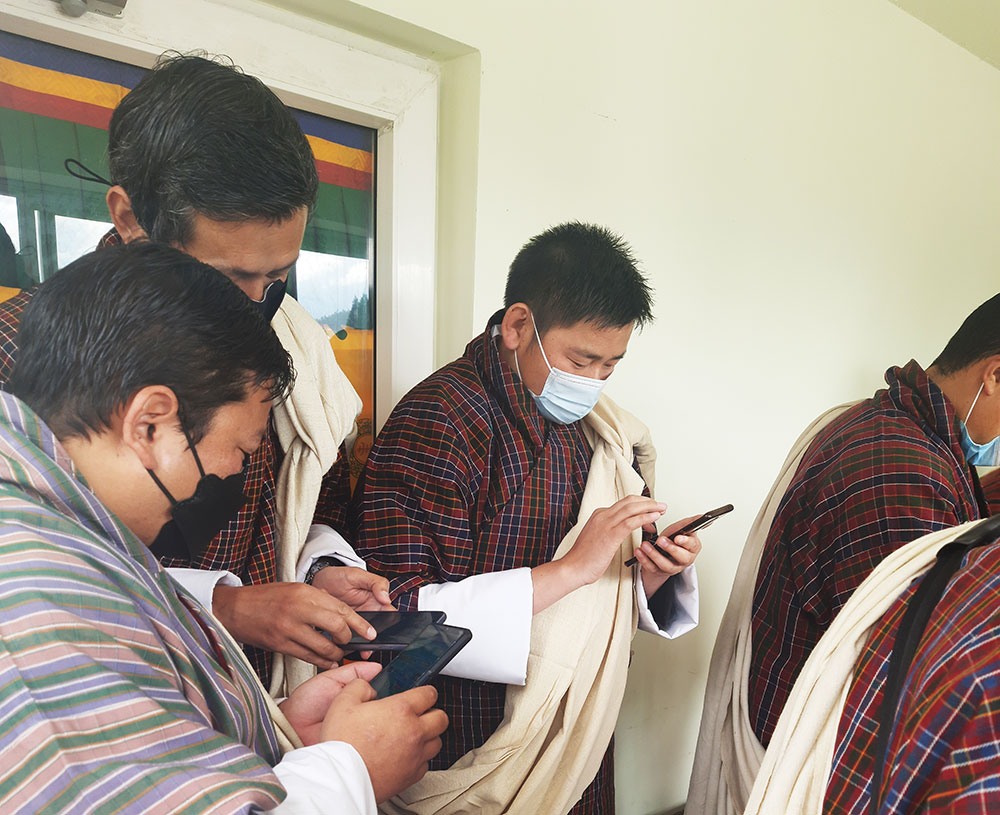Chhimi Dema
B-Mobile users can now enjoy higher speed, lower latency, and superior reliability with the launch of the fifth-generation (5G) network yesterday.
But the catch is that users need to have Vivo phone models that support the 5G network: V2s1e 5G, X60 Pro+, X60 Pro, and V20 Pro.
Bhutan Telecom Limited (BTL) officials said that Apple products supporting BTL 5G network will be released in the fall of next year.
For Samsung, tests are underway to release software to make the phones compatible with the 5G network.
There are 18 5G sites installed in Thimphu, in areas with high 4G mobile data traffic. Ten additional 5G sites will be installed in a month.
In Phuentsholing and Paro, there are currently three 5G sites. Other dzongkhags will be connected to the network gradually.
BTL’s general manager for corporate planning and strategy division, Jichen Thinley, said that BTL rolled out the 5G network primarily to give infrastructure support for the advanced technologies emerging in the world.
While BTL takes 5G across the country, he said, it will also focus on the fourth generation (4G) network.
“We are trying to provide 4G network services in all the dzongkhags and chiwogs in the next two years,” Jichen Thinley said.
According to the Bhutan InfoComm and Media Authority’s report “5G Network and Benefits”, a 5G network provides instantaneous cloud services, tactile internet, enhanced internet of things, and communications by guaranteeing quality of experience to mobile users.
The report states that users will experience greater speed and less latency (delays in data transfer) compared with 4G.
Jichen Thinley said that BTL currently promotes the Fixed Wireless Terminal that receives the 5G signals and connects with other devices to provide internet services until mobile phones supporting 5G are in the market.
The data tariff for the 5G network will be the same as that for 4G.
While many support the launch of 5G networks in the country, some have raised concerns over mobile data packet consumption.
“Higher the resolution of the content on the mobile phones, greater the data consumption,” Jichen Thinley said.
There are currently 762,975 mobile subscribers in the country and two service providers.


